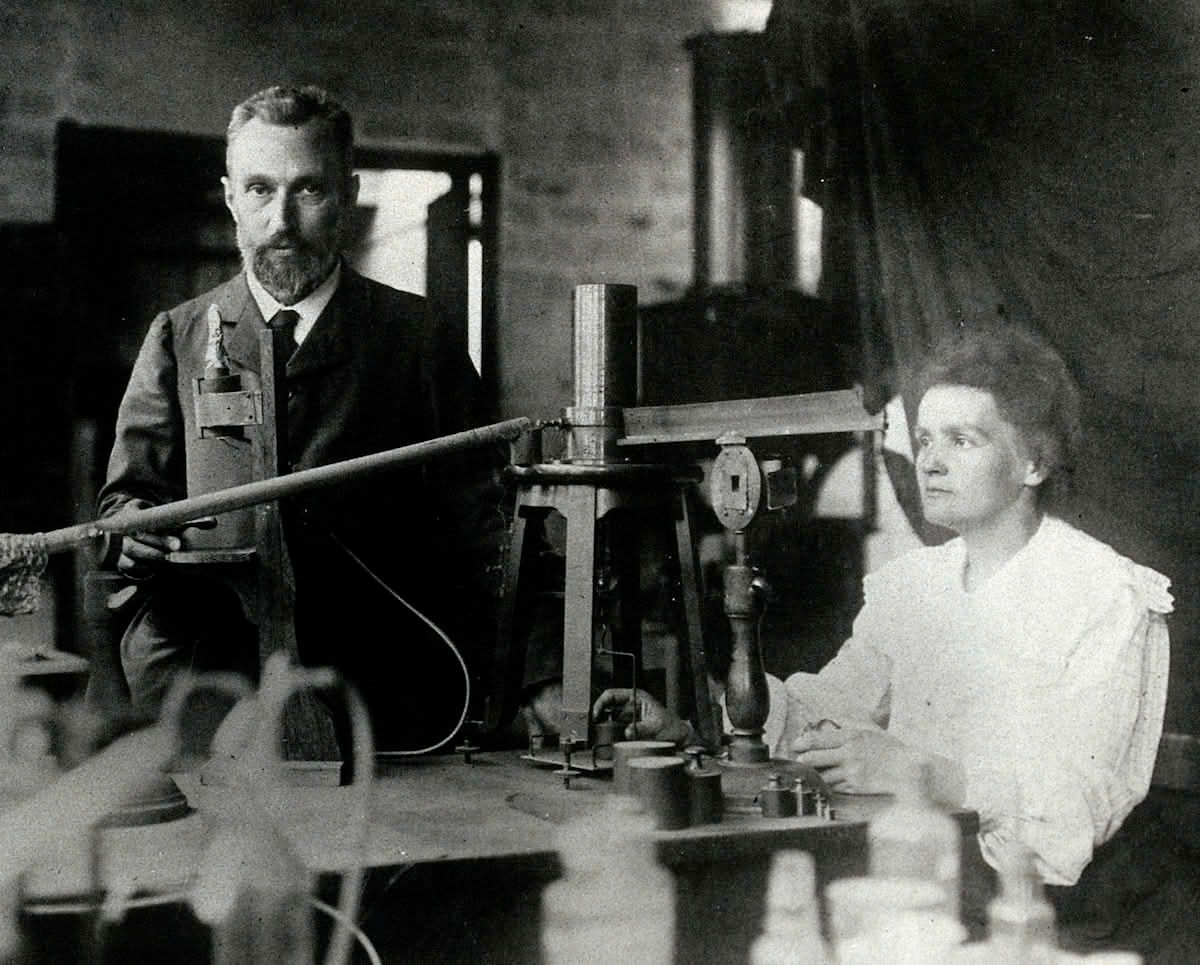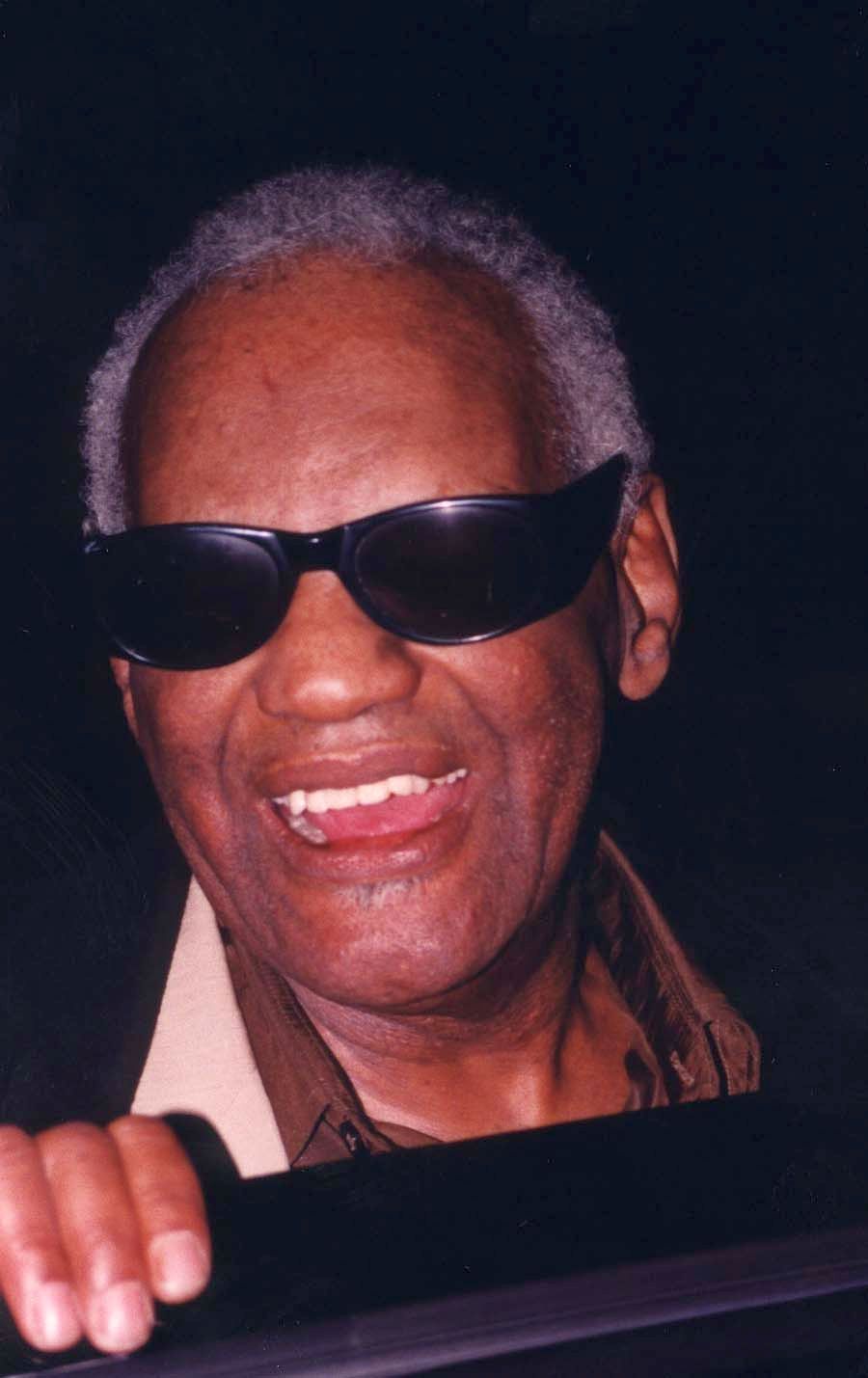
Prepare to embark on an extraordinary adventure through the annals of human ingenuity, where the boundaries of knowledge are not just pushed but entirely reshaped. Our world, as we know it, is a tapestry woven from the threads of countless discoveries, each one a testament to the relentless pursuit of understanding. Today, we celebrate the true titans of thought, the visionary thinkers whose profound insights have propelled humanity forward in ways once deemed utterly unimaginable.
These exceptional individuals have made an extraordinary impact on fields as diverse as physics, chemistry, biology, and astronomy, alongside numerous others. Their contributions stand as a beacon, highlighting the transformative power of human curiosity and the enduring legacy of those who dared to ask profound questions, challenge the prevailing status quo, and ultimately, change the world forever. Join us now as we delve into the remarkable lives and monumental legacies of some of the greatest scientists of all time.
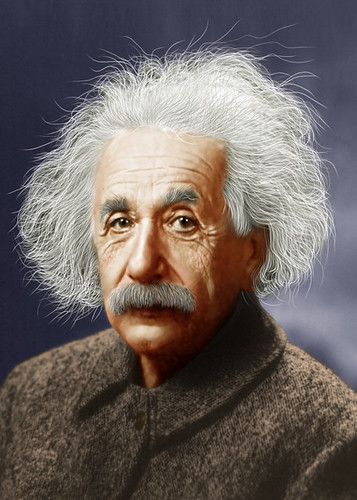
First on our incredible roster is **Albert Einstein**, a name synonymous with genius and a figure of enduring popularity and intrigue. His remarkable contributions to science, including the famous equation E = mc² and the theory of relativity, challenged conventional notions and profoundly reshaped our understanding of the universe. What an incredible mind!
Born in Ulm, Germany, in 1879, Einstein showed early promise, even writing a paper on magnetic fields as a teenager. It’s fascinating to note that, contrary to popular lore, he never actually failed math! His career truly began in 1905 as a clerk in the Swiss Patent Office, a year that would become a watershed moment for science.
This pivotal year, 1905, saw Einstein publish his four groundbreaking papers, addressing vital topics such as Brownian motion, the photoelectric effect, and special relativity. His work in special relativity introduced the revolutionary idea that space and time are intricately interwoven, providing the very foundation for modern astronomy. Later, in 1916, he expanded this with general relativity, proposing the mind-bending concept that mass actually distorts the very fabric of space and time.
Though Einstein received the Nobel Prize in Physics in 1921, it was surprisingly not for his work on general relativity, but rather for his discovery of the photoelectric effect. His contributions undeniably earned him a prestigious place in the scientific community, but his public persona was equally magnetic.
Imagine the scene on January 8, 1930, at the American Museum of Natural History. A crowd, described as a mob, “barged past dioramas, glass displays, and wide-eyed security guards” and even broke down a lecture hall door. Why such a commotion? Four thousand five hundred people, mostly ticketless, had shown up to see a film about Albert Einstein and his general theory of relativity, leading to what the Chicago Tribune called “the first science riot in history.
Such was Einstein’s immense popularity, truly a publicist’s dream! He possessed the complete package: a distinctive look with his untamed hair and rumpled sweater, a witty personality known for quips such as “God does not play dice,” and undeniably major scientific credibility, as his papers upended physics. What an unforgettable character!
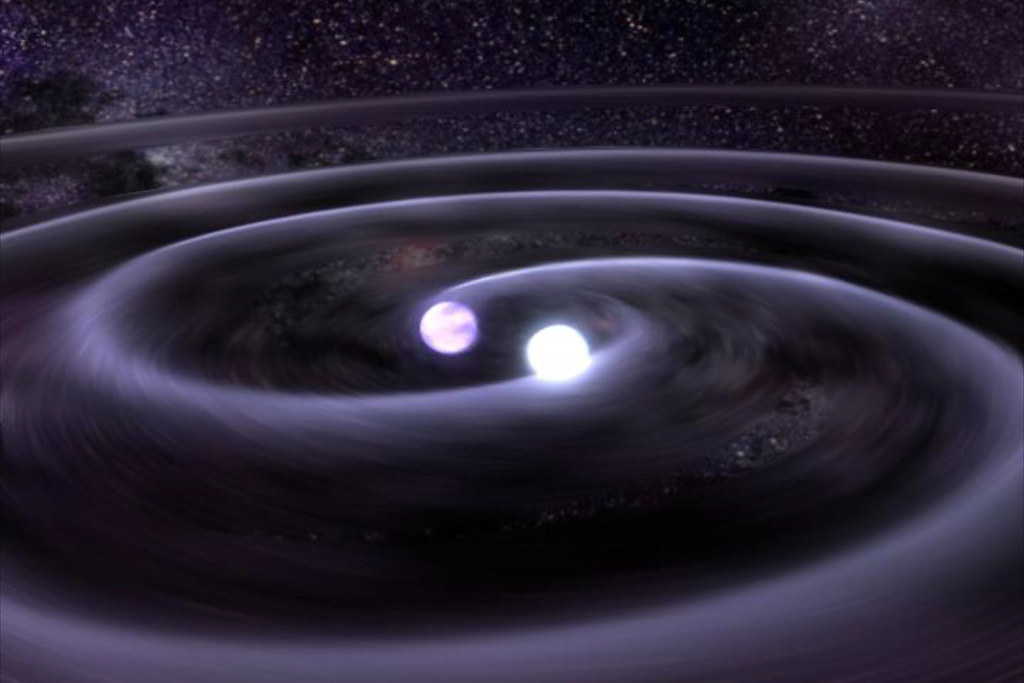
Einstein, who passed away from heart failure in 1955, left an indelible mark on the world of science and beyond. His life’s work extended far past his scientific discoveries, encompassing his significant role as a public intellectual, a passionate civil rights advocate, and a committed pacifist. His influence was truly multifaceted.
Albert Einstein’s theory of general relativity stands as one of his most celebrated achievements, predicting phenomena as astounding as black holes and gravitational waves, which physicists have recently measured from colliding black holes over a billion light-years away. This theory also underpins gravitational lensing, allowing astronomers to study distant cosmic objects with unprecedented clarity. As James Overduin, a theoretical physicist, perfectly puts it, “Einstein remains the last, and perhaps only, physicist ever to become a household name.”
Einstein’s profound legacy transcends his scientific contributions, as he is equally remembered for his imaginative thinking, the very quality that led to his greatest insights. He once beautifully articulated in a Saturday Evening Post interview, “I am enough of an artist to draw freely upon my imagination. Knowledge is limited. Imagination encircles the world.” This sentiment perfectly captures his boundless spirit.
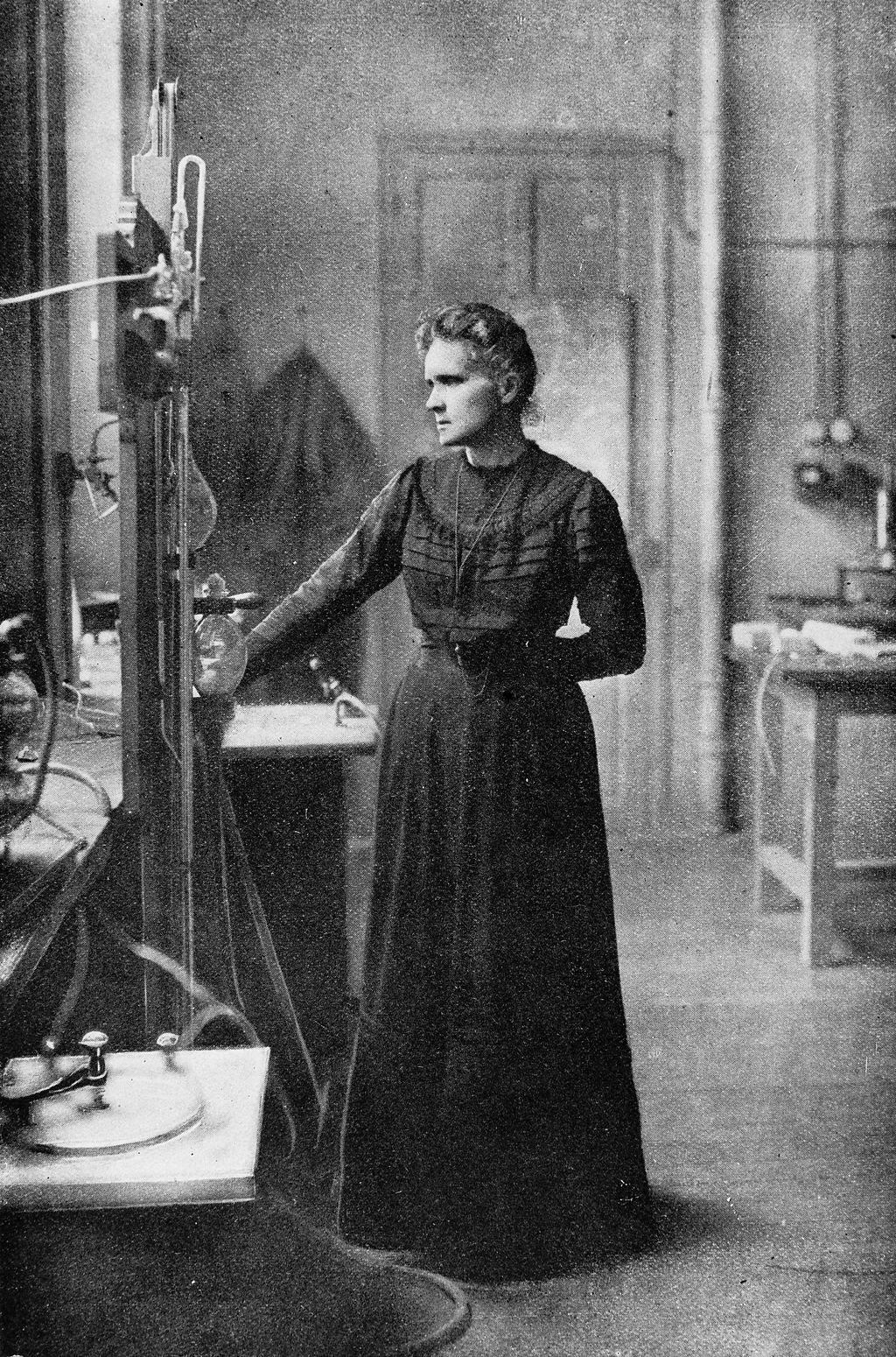
Next, we honor **Marie Curie**, whose remarkable journey to scientific acclaim was characterized by unwavering determination and an insatiable thirst for knowledge. Living amidst poverty and political turmoil, her passion for learning and her groundbreaking contributions to physics and chemistry have left an everlasting impact on the world of science.
Born Maria Salomea Sklodowska in 1867 in Warsaw, Poland, Marie faced immense challenges early in life due to both her gender and her family’s financial struggles. Yet, her parents, who were educators themselves and fervent Polish patriots, instilled in her a deep love for learning and Polish culture, despite sacrificing their wealth for their homeland’s fight for independence.
Facing societal restrictions and a lack of financial resources that initially denied her and her sisters higher education opportunities, Marie and her sister Bronislawa bravely joined a clandestine organization known as the Flying University. This secret institution aimed at providing Polish education, which was strictly forbidden under Russian rule, showcasing her incredible dedication.
Marie Curie’s path to scientific greatness truly blossomed when she arrived in Paris in 1891 to pursue higher education. Inspired by Henri Becquerel’s discovery of uranium emissions, Marie chose to explore uranium’s rays for her Ph.D. thesis, leading to her groundbreaking discovery of radioactivity, revealing that matter could undergo atomic-level transformations. Simply revolutionary!
In a powerful collaboration with her husband, Pierre Curie, they meticulously examined uranium-rich minerals, ultimately leading to the astounding discovery of two new elements: polonium and radium. Their findings were published in 1898, and within just five months, they joyously announced the discovery of radium. Their partnership was truly exceptional.
In 1903, Marie Curie, Pierre Curie, and Henri Becquerel were jointly awarded the Nobel Prize in Physics for their pioneering work in radioactivity, a truly historic moment. Marie, with this award, became the first woman ever to receive a Nobel Prize, shattering barriers and inspiring countless future generations.
Tragedy struck in 1906 with the sudden death of Pierre Curie in a carriage accident. Despite her profound grief, Marie Curie, with incredible resilience, persevered, continuing her research and taking over Pierre’s position at the University of Paris. Her fortitude was simply astounding.
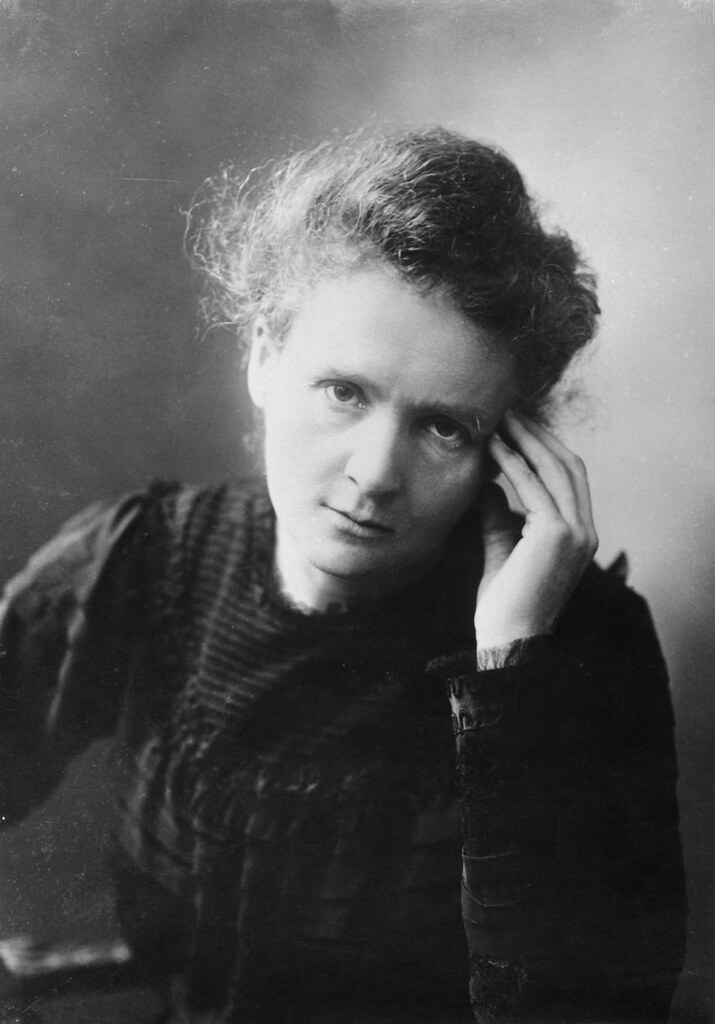
In 1911, her dedication was once again recognized when she earned her second Nobel Prize, this time in Chemistry, for her remarkable contributions to the isolation and study of polonium and radium. This cemented her unique status as the only person to receive Nobel Prizes in two different scientific fields, a testament to her exceptional brilliance.
Marie Curie’s legacy extends far beyond her Nobel Prizes. She made significant contributions to the fields of radiology and nuclear physics, founding the Radium Institute in Paris, which itself produced Nobel laureates. During World War I, she bravely led France’s first military radiology center, becoming the first female medical physicist and a true war hero.
Sadly, Marie Curie passed away in 1934 from a type of anemia, likely stemming from her extensive exposure to extreme radiation throughout her illustrious career. In a testament to the potency of her discoveries, her original notes and papers are still so radioactive that they are kept in lead-lined boxes, requiring protective gear for viewing. Her work truly transformed our understanding of matter and energy.
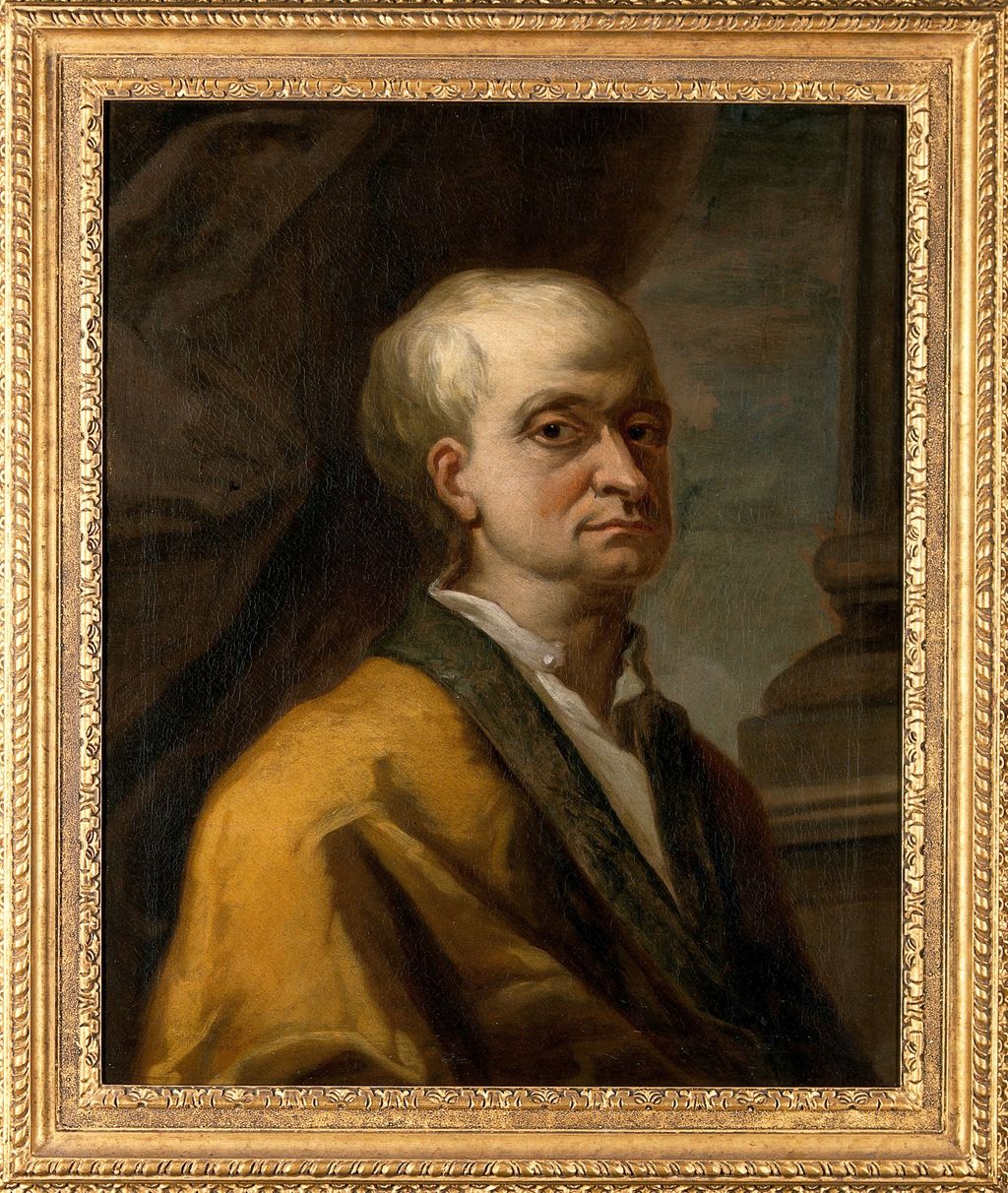
Our journey continues with **Isaac Newton**, an English mathematician, physicist, and astronomer widely recognized as one of history’s most influential scientists. His groundbreaking contributions to various fields of science and mathematics establish him as a key figure in the scientific revolution of the 17th century.
Born on Christmas Day in 1642, Newton’s mere survival as a sickly infant was an achievement in itself. Just 23 years later, with Cambridge University closed due to the plague, Newton embarked on a period of intense discovery, inventing calculus, a new form of mathematics, as part of his incredible scientific journey. Imagine the profound solitude and concentration!
Newton’s famously introverted nature meant he withheld his extraordinary findings for decades. It was only through the persistent and commendable efforts of his friend, Edmund Halley—yes, the one famous for discovering comets—that Newton finally agreed to publish. Halley’s curiosity was piqued by a bet about planetary orbits, and Newton, having already solved the problem, utterly astounded him with his answer.
The culmination of Newton’s monumental work was the “Philosophiæ Naturalis Principia Mathematica,” universally known as the Principia, published in 1687. This groundbreaking volume not only described the motion of planets and projectiles but also elegantly revealed the unifying force of gravity, demonstrating its governance over both heavenly and earthly bodies. Newton’s laws indeed became the key to unlocking the universe’s mysteries.
Newton’s dedication to academia was unwavering; he rarely left his room except to deliver lectures, even if it meant addressing empty rooms. His genius extended beyond the laws of motion and gravitation to encompass groundbreaking work in optics, color theory, the development of reflecting telescopes that bear his name, and fundamental advancements in mathematics and heat. Truly a polymath!
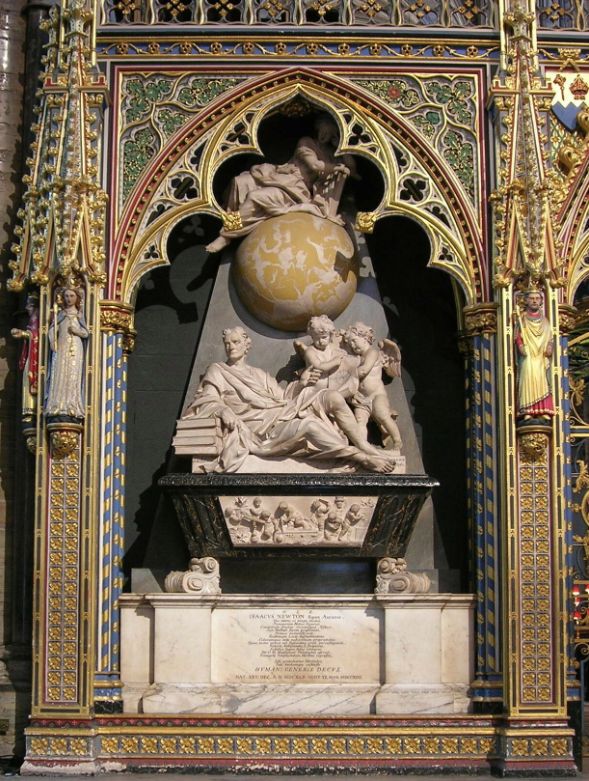
In 1692, Newton faced a rare setback, experiencing a prolonged nervous breakdown, possibly exacerbated by mercury poisoning from his alchemical experiments. Although he ceased producing new scientific work, his immense influence in the field persisted, and he found a new path to serve.
Newton spent his remaining three decades modernizing England’s economy and pursuing criminals with unexpected vigor. In 1696, he received a royal appointment as the Warden of the Mint in London. Despite being perceived as a cushy job, Newton fully immersed himself, overseeing the recoinage of English currency, providing economic advice, establishing the gold standard, and introducing ridged coins to prevent tampering. His dedication even extended to infiltrating London’s criminal networks to pursue counterfeiters, witnessing their executions firsthand.
Despite his unparalleled brilliance, Newton’s reputation among his peers was sometimes marred by his rather unpleasant demeanor. He had few close friends, never married, and was famously described as “insidious, ambitious, and excessively covetous of praise, and impatient of contradiction” by Astronomer Royal John Flamsteed. Newton was known to hold grudges for extended periods and engaged in famous feuds, notably with German scientist Gottfried Leibniz over the invention of calculus and English scientist Robert Hooke.
Isaac Newton’s legacy endures as one of the world’s greatest scientists. His contributions to physics, mathematics, and various scientific disciplines fundamentally shifted human understanding. Newton’s laws of motion and gravitation revolutionized the field of physics and continue to be foundational principles that guide our understanding of the physical world. How fitting that the unit of force is named after stubborn, persistent, amazing Newton, himself a force of nature!
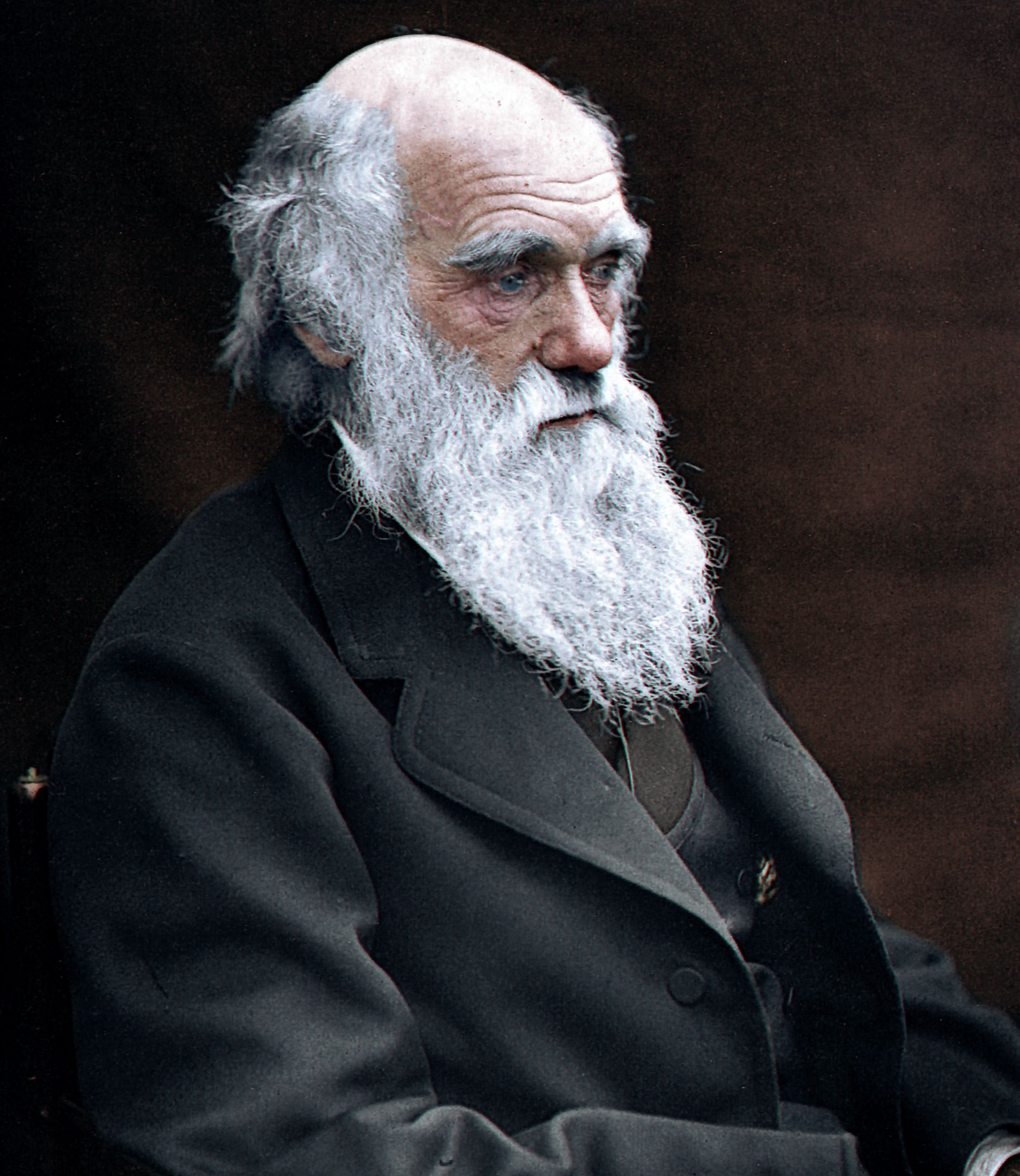
Continuing our exploration, we turn to **Charles Darwin**, who has become one of the world’s most renowned scientists. His profound inspiration stemmed from a deep curiosity about beetles and geology, setting him on a truly transformative path. His theory of evolution through natural selection challenged prevailing beliefs and left an enduring legacy that continues to shape the field of biology and our understanding of life on Earth.
Charles Darwin, an unlikely revolutionary scientist, began his journey with early interests in collecting beetles and studying geology. As a young man, he occasionally skipped classes at the University of Edinburgh Medical School to explore the countryside. His path to becoming the father of evolutionary biology took an unexpected, pivotal turn in 1831 when he received an invitation to join a world-spanning journey aboard the HMS Beagle.
During his five-year voyage aboard the HMS Beagle, Darwin meticulously observed and documented geological formations, various habitats, and the incredibly diverse flora and fauna across the Southern Hemisphere. His extensive observations led to a paradigm-shifting realization that challenged the prevailing Victorian-era theories of animal origins, which were deeply rooted in creationism.

Darwin noticed subtle yet significant variations within the same species based on their environments, vividly exemplified by the unique beak shapes of Galapagos finches, each perfectly adapted to their specific food sources. This astute observation gave rise to the groundbreaking concept of natural selection, suggesting that species could indeed change over time due to environmental factors, rather than through divine intervention. A truly monumental insight!
Upon his return, Darwin was initially hesitant to publish his revolutionary evolutionary ideas, instead focusing on diligently studying his voyage samples and producing works on geology, coral reefs, and barnacles. He married his first cousin, Emma Wedgwood, and they had ten children, with Darwin actively engaging as a loving and attentive father—an uncommon practice among eminent scientists of his era. What a remarkable balance he struck!
Darwin’s unique interests in taxidermy, unusual food, and his struggle with ill health did not deter him from his evolutionary pursuits. Over two meticulous decades, he gathered overwhelming evidence in support of evolution, building an unshakeable case. All of his observations and musings eventually coalesced into the tour de force that was *On the Origin of Species*, published in 1859 when Darwin was 50 years old.
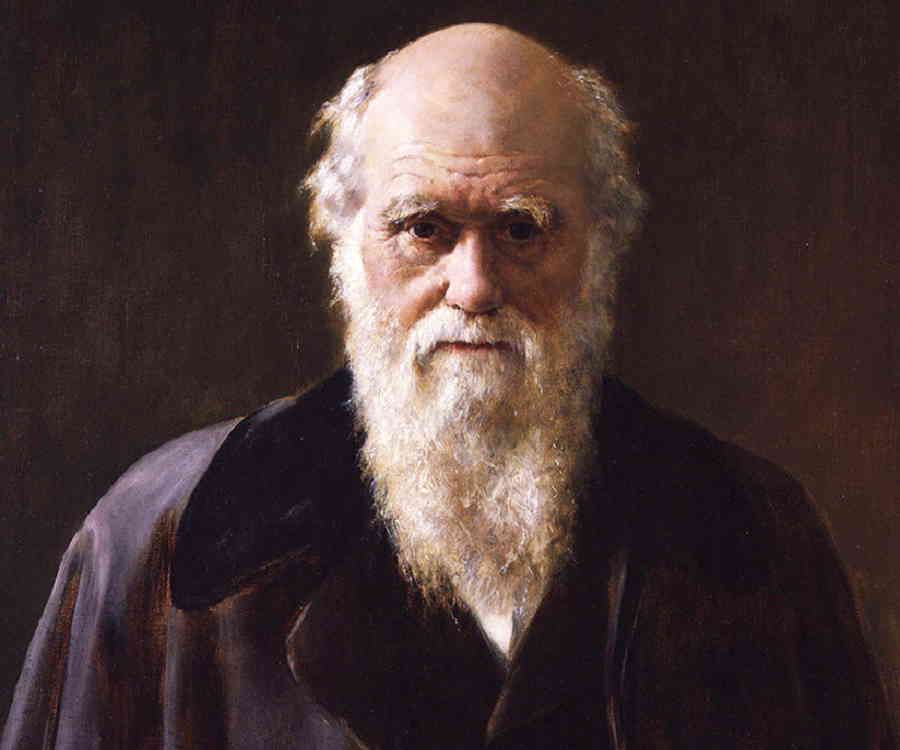
The 500-page book sold out immediately, a testament to its immediate impact, and Darwin would go on to produce six editions, each time adding to and refining his arguments. In non-technical language, the book laid out a brilliantly simple argument for how the wide array of Earth’s species came to be. It was based on two fundamental ideas: that species can change gradually over time, and that all species face difficulties brought on by their surroundings.
From these basic, observable facts, it stands to reason that those species best adapted to their environments will survive and thrive, while those that fall short will eventually die out. Despite facing fierce criticism from proponents of creationism and the religious establishment, Darwin’s theory of natural selection and evolution eventually gained widespread acceptance in the 1930s. His work revolutionized scientific thought and remains largely intact to this day. As Jerry Coyne, a professor emeritus, emphasizes, Darwin’s theory “changed people’s views in so short a time” and “there’s nothing you can really say to go after the important aspects of Darwin’s theory.”
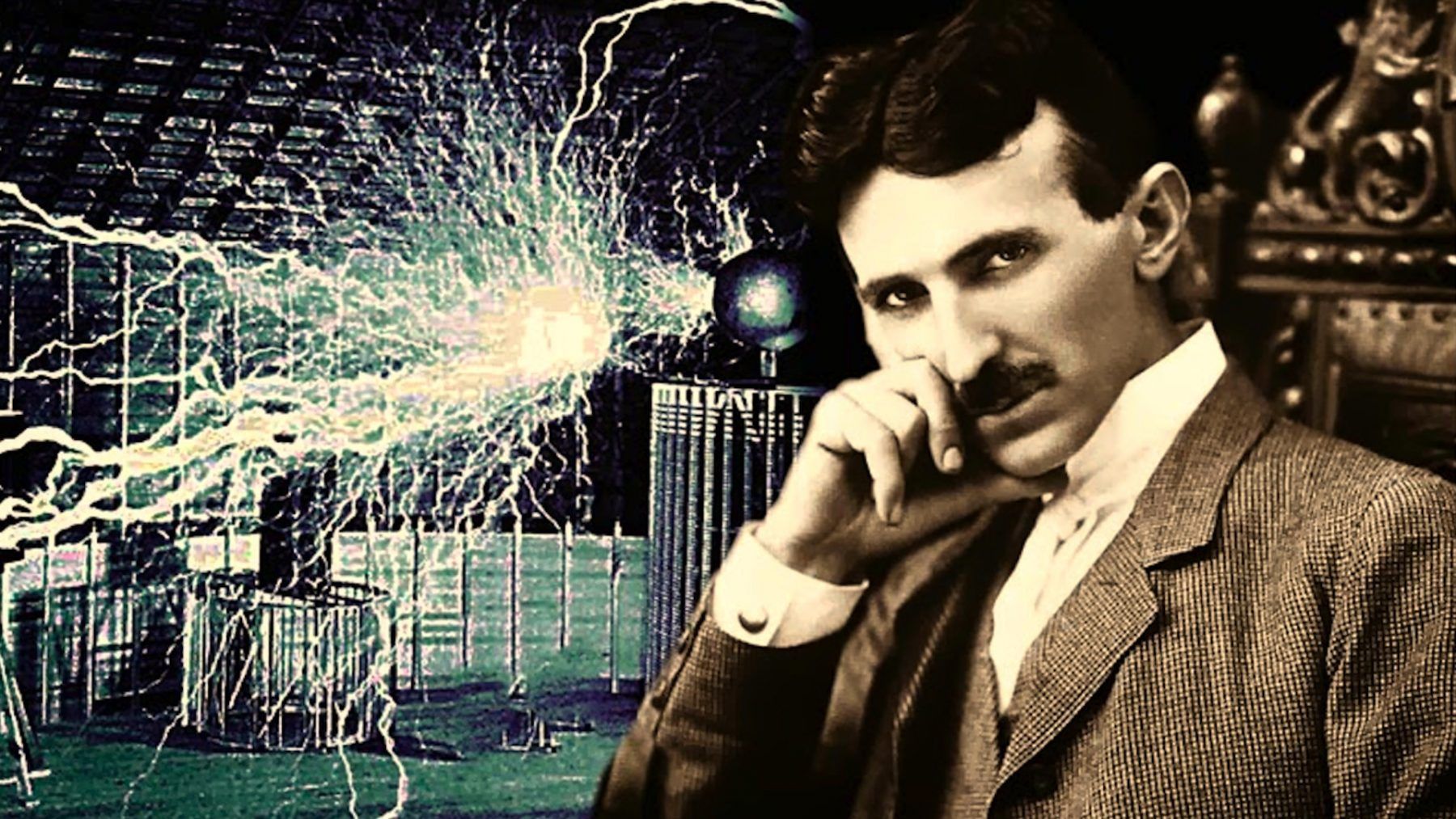
Next, we illuminate the life of **Nikola Tesla**, a name that conjures images of boundless electricity and futuristic visions. This Serbian-American engineer exhibited a remarkable aptitude for science and invention from an early age. His pioneering work in electricity, magnetism, and wireless power transmission concepts established him as an eccentric yet brilliant pioneer in the field of electrical engineering.
Born in 1856 in what is now Croatia, Tesla’s groundbreaking designs played a crucial role in advancing alternating current (AC) technology during the early days of the electric age. This enabled the transmission of electric power over vast distances, quite literally lighting up American homes and paving the way for our modern electrified world. What an incredible contribution!
One of Tesla’s most significant contributions was the development of the Tesla coil, a high-voltage transformer that had a profound impact on electrical engineering. His innovative techniques even allowed for wireless transmission of power, a concept that is still being explored today, particularly in the ever-evolving field of wireless charging for devices like cell phones. His foresight was truly remarkable.
Tesla’s visionary mind led him to propose truly audacious ideas, including a grand plan involving a system of towers that could harness energy from the environment and transmit both signals and electricity wirelessly around the world. While these ideas were intriguing, they were ultimately deemed impractical and remained unrealized. Tesla also famously claimed to have invented a “death ray,” adding to his intriguing mystique.

Tesla’s eccentric genius and prolific inventions earned him widespread recognition during his lifetime. He held numerous patents and made significant contributions to electrical engineering. While he didn’t invent alternating current (AC) itself, he played a pivotal role in its development and promotion. His ceaseless work made him a household name, a rare feat for scientists in his era.
In recent years, Tesla’s legacy has taken on a life of its own, often overshadowing his actual inventions and transforming him into a symbol of innovation and eccentricity. This has inspired events like San Diego Comic-Con, where attendees dress as him. Perhaps most notably, the world’s most famous electric car company proudly bears his name, reflecting his ongoing influence on the electrification of transportation. While his mystique sometimes veered into self-promotion, his genuine contributions cannot be denied; his visionary work continues to illuminate our lives.
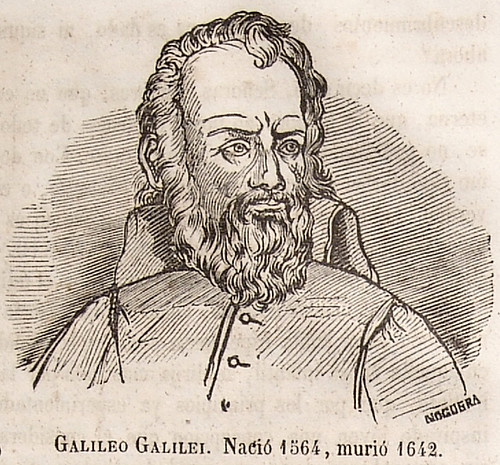
Our journey through scientific greatness continues with **Galileo Galilei**, an Italian mathematician whose pivotal contribution around December 1609 forever changed modern astronomy. At the age of 45, he simply turned a telescope towards the moon and, in doing so, ushered in an entirely new era in the field, forever changing our cosmic perspective.
His observations unveiled truly remarkable discoveries, such as the presence of four large moons orbiting Jupiter, a groundbreaking revelation. He also realized that the Milky Way’s faint glow emanated from countless distant stars, observed sunspots on the surface of the sun, and meticulously documented the phases of Venus, providing conclusive evidence that Venus orbited the sun within Earth’s own orbit. His empirical work was truly revolutionary.
While Galileo didn’t invent the telescope, nor was he the first to use one for celestial observations, his work undeniably marked a turning point in the history of science. His groundbreaking findings strongly supported the heliocentric model proposed by Polish astronomer Nicolaus Copernicus, who had previously revolutionized astronomy with his sun-centered solar system model. Galileo brought irrefutable evidence.
Beyond his astronomical observations, Galileo made significant contributions to our understanding of motion. He famously demonstrated that objects dropped simultaneously would hit the ground at the same time, irrespective of their size, brilliantly illustrating that gravity isn’t dependent on an object’s mass. His equally critical law of inertia also played a vital role in explaining the Earth’s rotation, laying crucial groundwork for future physics.
However, Galileo’s discoveries, particularly his strong support for the Copernican model of the solar system, brought him into direct conflict with the Roman Catholic Church. In 1616, an inquisition ordered him to cease promoting heliocentrism, as it directly contradicted the church’s geocentric doctrine, which was stubbornly based on Aristotle’s outdated views of the cosmos. A clash of paradigms!
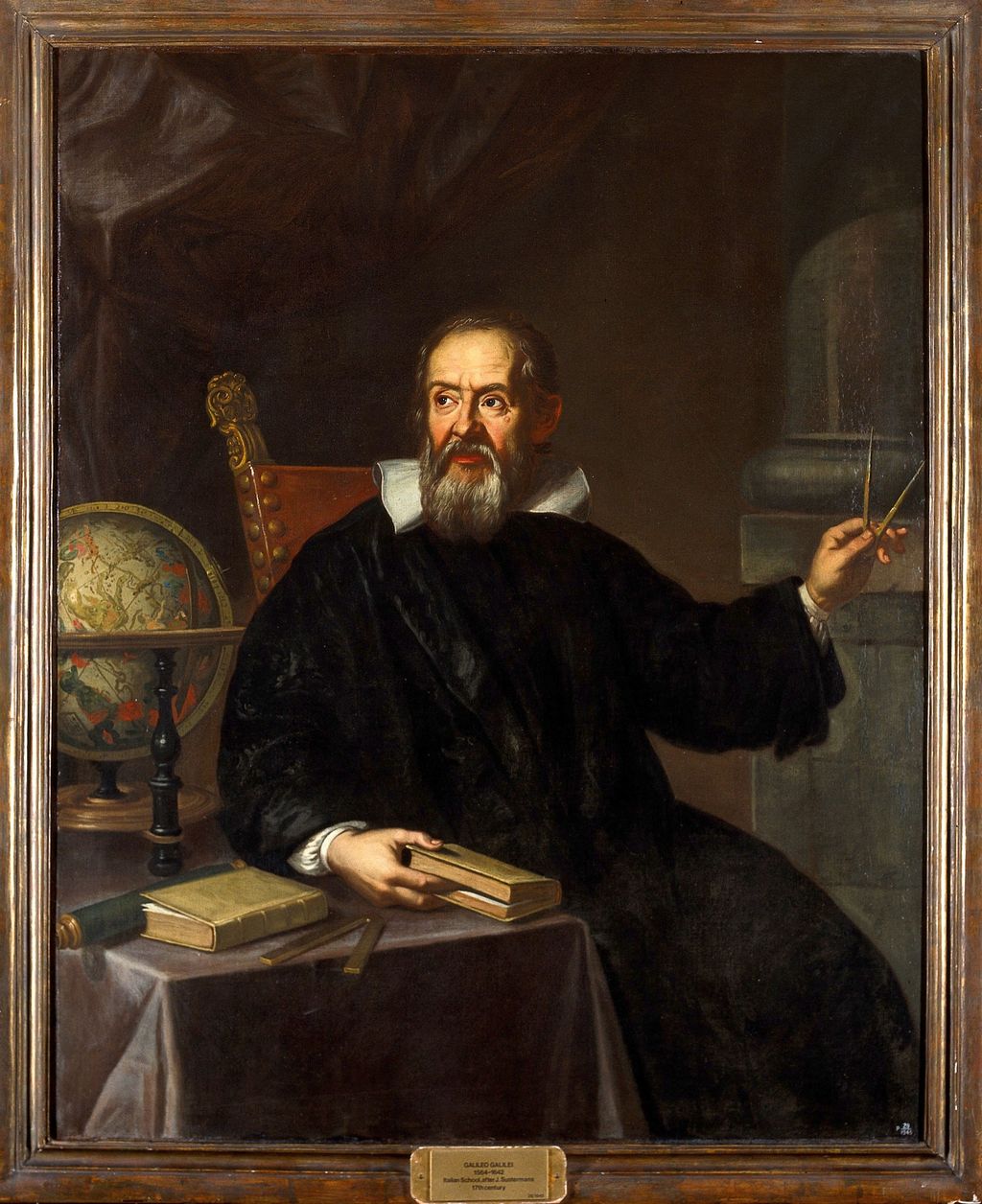
The situation unfortunately worsened in 1633 when Galileo published a work comparing the Copernican and Ptolemaic systems, further discrediting the latter. Consequently, the church placed him under house arrest, where he remained until his death in 1642. Despite these profound challenges, Galileo’s legacy endures, his observations and pioneering work on celestial bodies and motion having laid the very foundation for modern astronomy and physics.
His law of inertia, in particular, would profoundly influence future scientists, most notably Sir Isaac Newton, who built upon Galileo’s foundational work to formulate a comprehensive set of laws of motion that continue to guide spacecraft navigation across the solar system today. It’s truly inspiring that NASA’s Galileo mission to Jupiter, launched centuries later, demonstrated the enduring relevance of his monumental contributions to space exploration.
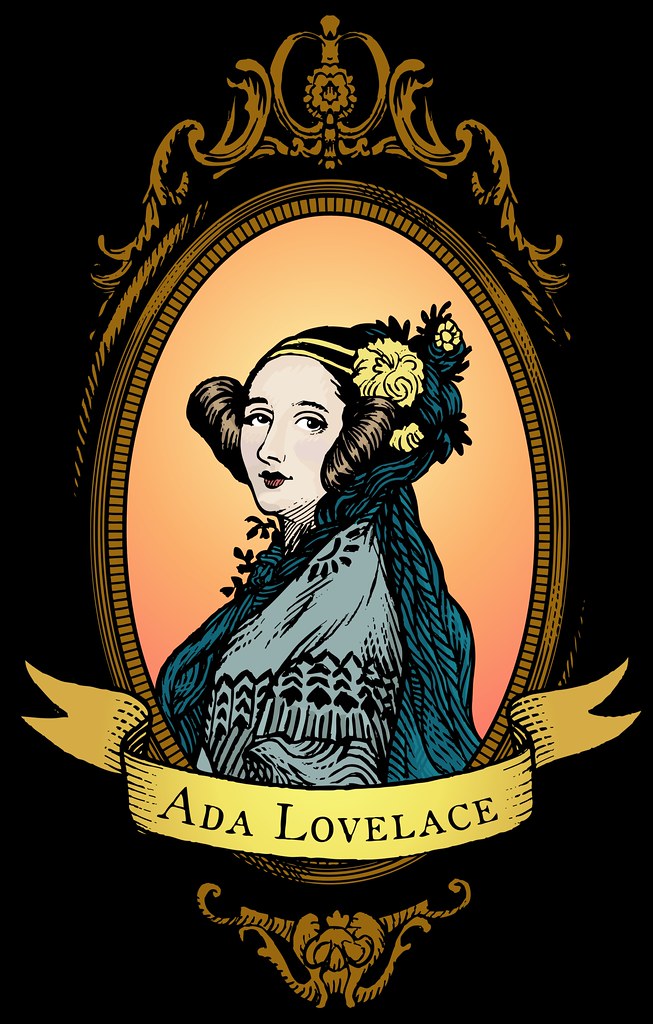
Now, let us celebrate **Ada Lovelace**, a truly pioneering figure who defied the conventions of her era and transformed the world of computer science. Known as the world’s first computer programmer, her legacy continues to inspire generations of computer scientists, earning her the beautiful title of the “Enchantress of Numbers.”
Born Ada Byron, she made history as the world’s first computer programmer, a truly remarkable achievement considering she lived a century before the advent of modern computers. Her extraordinary journey into the world of mathematics and computing began in the early 1830s when she was just 17 years old. Her intellectual prowess was evident from a young age.
Ada, the only legitimate child of the renowned poet Lord Byron, entered into a pivotal collaboration with the brilliant British mathematician, inventor, and engineer Charles Babbage. Babbage had conceived plans for an intricate machine known as the Difference Engine—essentially a massive mechanical calculator, a marvel of its time.
At a gathering in the 1830s, Babbage exhibited an incomplete prototype of his Difference Engine. Among the eager attendees was the young Ada Lovelace, who, despite her age, grasped the complex workings of the machine with astonishing clarity. This encounter sparked the beginning of a profound working relationship and a close friendship between Lovelace and Babbage, one that endured until her untimely death in 1852 at the tender age of 36.
Inspired by Babbage’s innovations, Lovelace recognized the immense, untapped potential of his latest concept, the Analytical Engine. This machine was far more than a mere calculator; its intricate mechanisms, coupled with the revolutionary ability for users to input commands through punch cards, endowed it with the capacity to perform a wide range of mathematical tasks. This was a paradigm shift in thinking!
Lovelace, in a stroke of sheer genius, went a step further by crafting precise instructions for solving a complex mathematical problem, effectively creating what many historians later deemed the world’s first computer program. In her groundbreaking work, Lovelace laid the foundational principles for computer programming, definitively cementing her legacy as one of the greatest scientists and a true visionary.
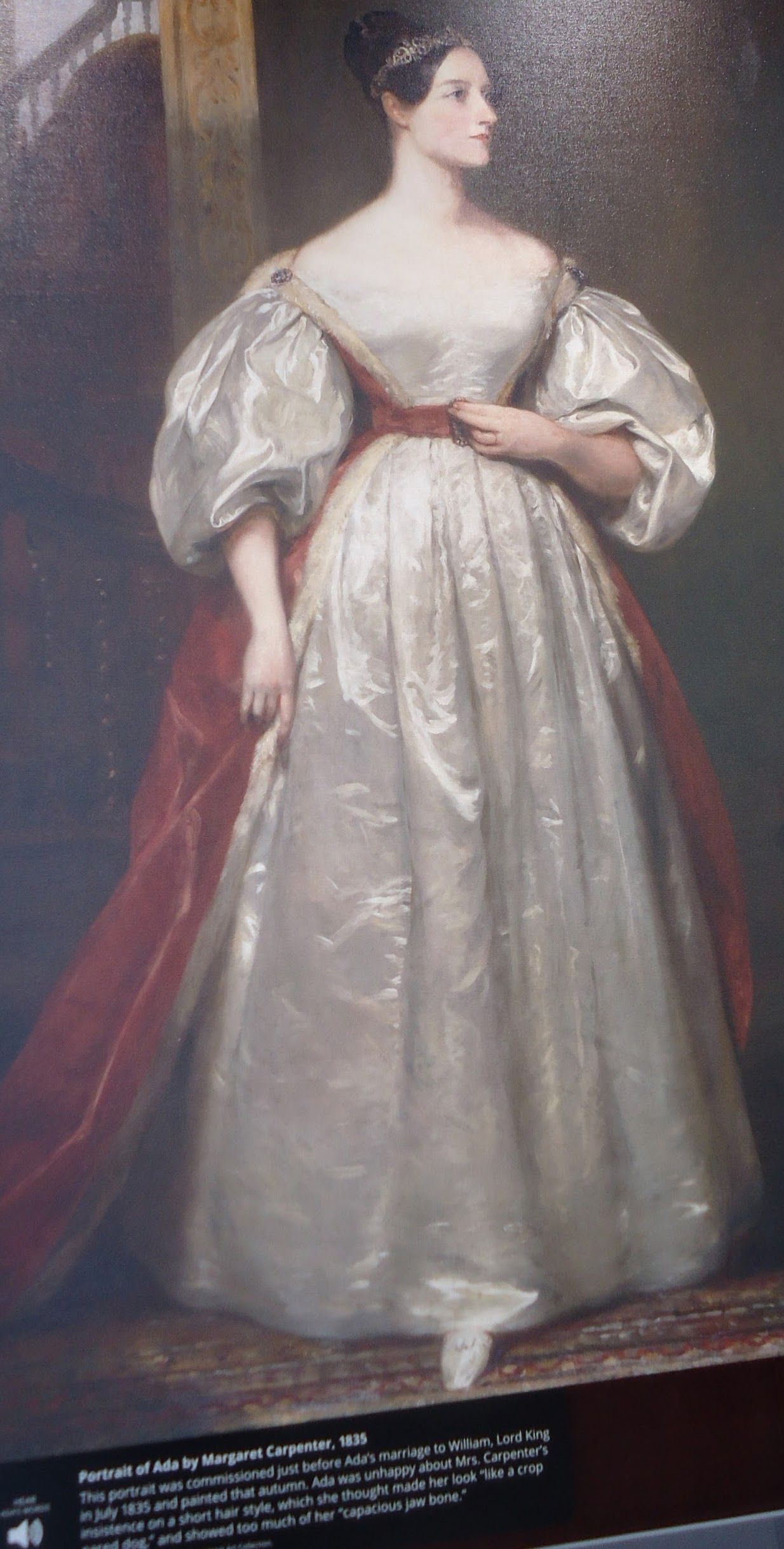
Ada Lovelace’s contributions to the realm of “poetical science,” as she eloquently termed it, are celebrated as pioneering achievements in computer programming and mathematics. Despite a tumultuous personal life marked by gambling and scandal, her intellectual brilliance and astonishing foresight into the potential of computing machines truly set her apart. Charles Babbage himself described Lovelace as an “enchantress” who wielded a remarkable influence over the abstract realm of science, a force equivalent to the most brilliant male intellects of her time. Her magic lives on!

Let’s now appreciate **Pythagoras**, a name forever etched into the foundations of mathematics. This Greek philosopher and mathematician, who lived in the sixth century B.C., is credited with the Pythagorean theorem, a concept that continues to influence the field to this day. His belief in the fundamental role of numbers in the universe shaped geometry and mathematical thought for centuries.
Pythagoras is most famous for the Pythagorean theorem, which elegantly relates the lengths of the sides of a right triangle. While the exact origins of this mathematical concept are debated, Pythagoras played a significant role in its development and popularization. His profound emphasis on the importance of mathematical concepts laid the crucial foundation for modern geometry, a true cornerstone of scientific knowledge.
His legacy in mathematics and geometry is considered one of the cornerstones of scientific knowledge. Pythagoras’ contributions, particularly the Pythagorean theorem, have had a lasting impact on science and education, influencing how we understand spatial relationships and the certainty of mathematical proofs. What a timeless intellect!
Our next celebrated scientist is **Carl Linnaeus**, who embarked on a vital mission to bring order to the chaos of naming living organisms. His innovative system of binomial nomenclature not only simplified the process of scientific communication but also laid the indispensable foundation for modern taxonomy, leaving an enduring and profound legacy in the field of biology. He brought clarity to a vast natural world.
Born in southern Sweden in 1707, Linnaeus was an “intensely practical” man, as described by Sandra Knapp, a botanist and taxonomist. He lived during a time when formal scientific training was scant and there was no coherent system for referring to living things. Plants and animals had common names, which varied wildly by location and language, alongside cumbersome Latin “phrase names” that could run several paragraphs long. Imagine the confusion!
While Linnaeus is often hailed as the father of taxonomy, his primary focus was on naming rather than organizing living organisms into evolutionary hierarchies; that grand task would come later with the profound work of Charles Darwin. Despite advancements in our understanding of evolution and the impact of genetic analysis, Linnaeus’ naming system endures as a beautifully simple and adaptable means of identification.
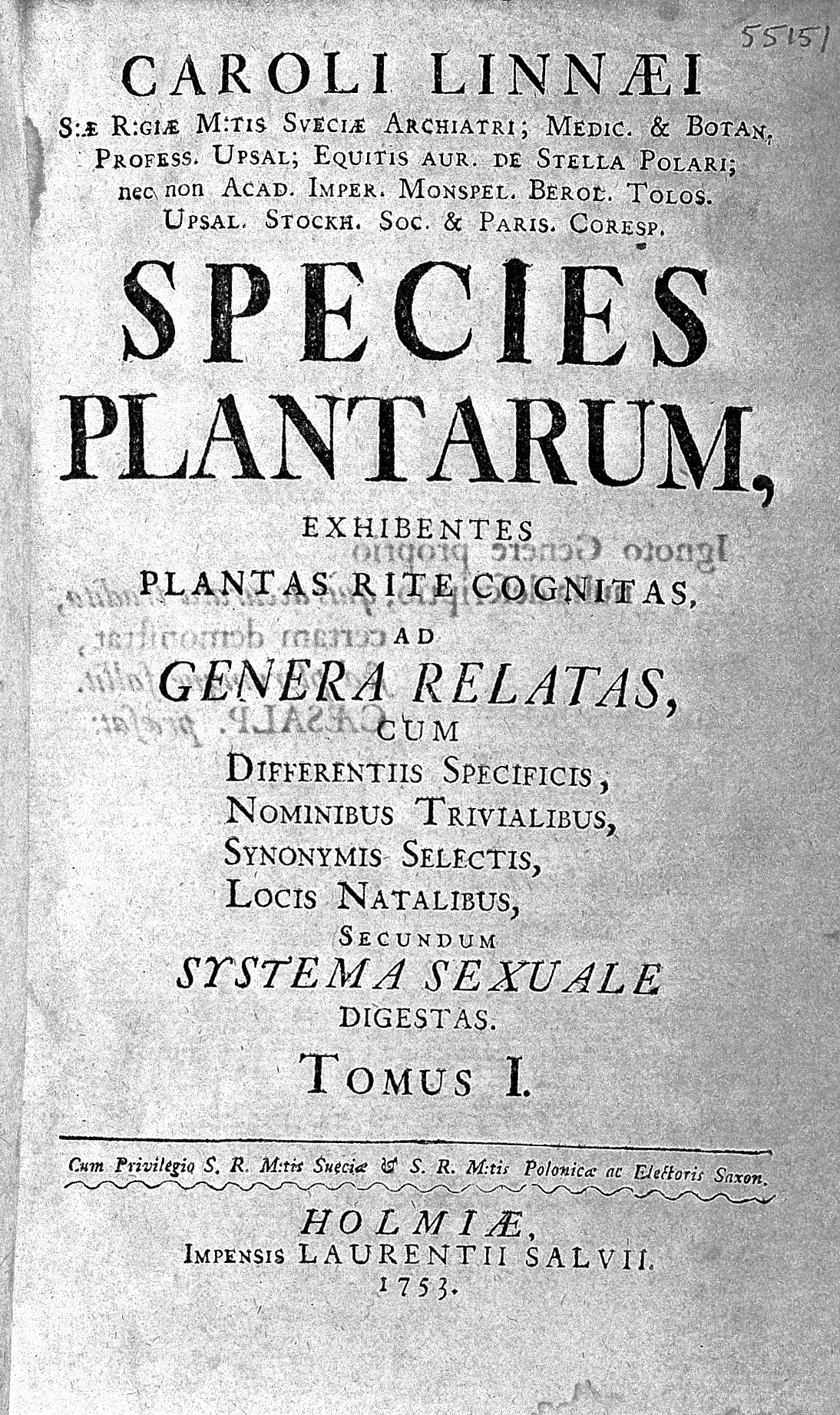
The 18th century was also a period when European explorers were fanning out across the globe, discovering an ever-increasing number of plants and animals new to science. As Knapp explains, “There got to be more and more things that needed to be described, and the names were becoming more and more complex.” Linnaeus, a keen botanist with an exceptional talent for noticing details, found an elegant solution.
He first used what he called “trivial names” in the margins of his 1753 book *Species Plantarum*. He intended the simple Latin two-word construction for each plant as a kind of shorthand, an easy way to remember what it was. Knapp notes that these “trivial names,” which we now know as genus and species, “reflected the adjective-noun structure in languages all over the world.” The names quickly moved from the margins to the center of botany, and then all of biology. Linnaeus started an unintentional revolution, positioning him as one of the greatest scientists for bringing such fundamental order.
Today, we rightly regard Linnaeus as the father of taxonomy, the science used to sort the entire living world into evolutionary hierarchies, or family trees. While many of his other ideas have been supplanted by deeper understanding of evolution and genetic analysis, his elegant naming system remains. As Knapp wisely concludes, “It doesn’t matter to the tree in the forest if it has a name. But by giving it a name, we can discuss it. Linnaeus gave us a system so we could talk about the natural world.” A truly invaluable gift!
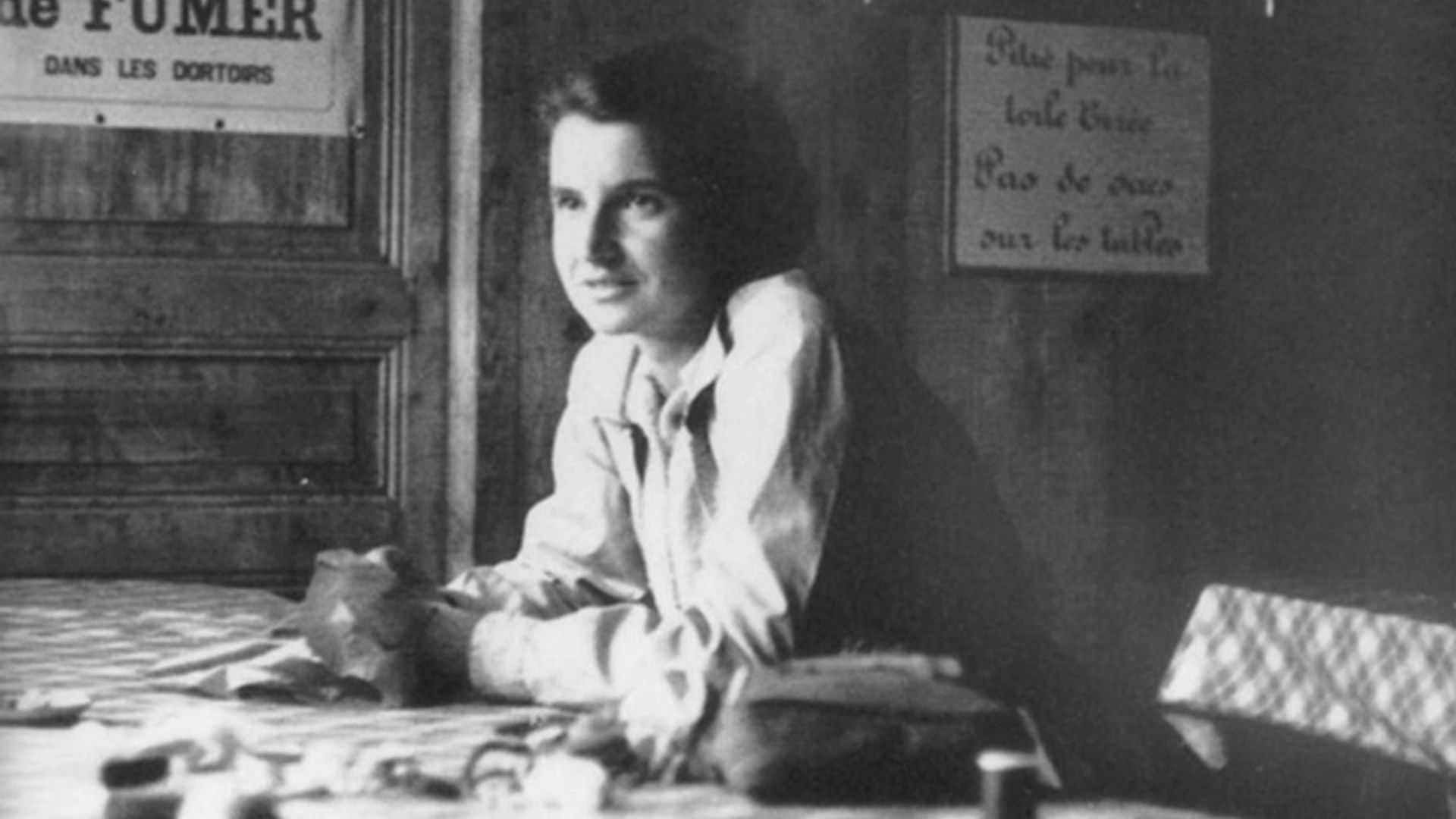
Finally, we arrive at the story of **Rosalind Franklin**, a brilliant and tenacious scientist who profoundly transformed the world of molecular biology. Her pioneering work in X-ray crystallography and groundbreaking research on the structure of DNA propelled her to the forefront of scientific discovery, yet her remarkable contributions were often tragically overshadowed. Her legacy is not just one of scientific excellence but also a testament to the persistence and resilience of a scientist who deserved far greater recognition in her time.
Rosalind Franklin, one of the greatest scientists of her time, was a British-born firebrand and perfectionist. While she had a reputation for being somewhat reserved and difficult to connect with, those who knew her well found her to be outgoing and fiercely loyal. Franklin’s brilliance shone through in all her work, particularly in the field of X-ray crystallography, an imaging technique that brilliantly reveals molecular structures based on scattered X-ray beams. Her early research on the microstructures of carbon and graphite remains influential to this day.
However, it was Rosalind Franklin’s groundbreaking work with DNA that would become her most significant contribution to science. During her time at King’s College London in the early 1950s, she came incredibly close to proving the double-helix theory of DNA. Her monumental achievement was epitomized in “photograph #51,” which was, at that time, considered the finest image ever captured of a DNA molecule. A truly definitive piece of evidence.
Unfortunately, her critical work was viewed by others, most notably James Watson and Francis Crick. Watson saw photograph #51 through her colleague Maurice Wilkins, and Crick received unpublished data from a report Franklin had submitted to the council. In 1953, Watson and Crick published their iconic paper in “Nature,” loosely citing Franklin’s work, which also appeared in the same issue. A complex and often debated historical moment.
Rosalind Franklin’s pivotal role in elucidating the structure of DNA was sadly overlooked when the Nobel Prize was awarded in 1962 to James Watson, Francis Crick, and Maurice Wilkins. This omission is widely regarded as one of the major snubs of the 20th century in the field of science, a stark reminder of the challenges women faced in the scientific community.
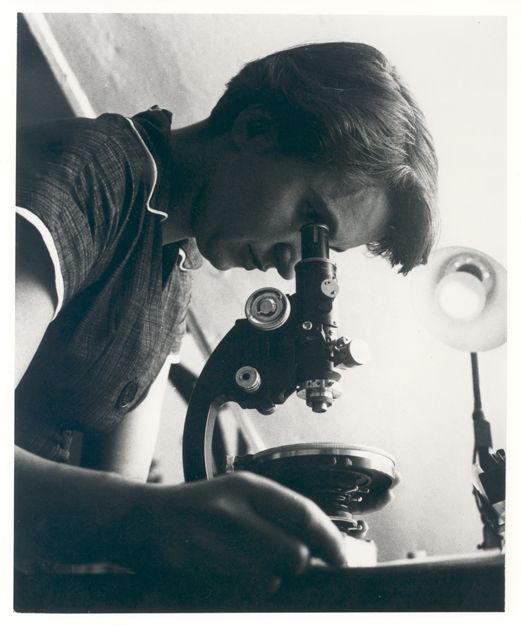
Despite her groundbreaking work and significant contributions to science, Franklin’s life was tragically cut short. In 1956, at the height of her career, she was diagnosed with ovarian cancer, a cruel irony possibly linked to her extensive X-ray work. Remarkably, she continued to work diligently in the lab until her passing in 1958 at the young age of 37, a testament to her enduring passion.
Rosalind Franklin’s legacy endures not only for her unparalleled achievements but also for the recognition she deserved but tragically did not receive during her lifetime. She was known for her “extreme clarity and perfectionism in everything she undertook,” changing the entire field of molecular biology. As J.D. Bernal wrote in her obituary, “As a scientist, Miss Franklin was distinguished by extreme clarity and perfection in everything she undertook.” Though her achievements are what close colleagues admired, most remember Franklin for how her work was forgotten or overshadowed, a poignant and powerful reminder of her enduring influence on the world of science.
Beyond these ten titans, the world of science is brimming with countless other brilliant minds who have expanded our horizons. Consider **Isaac Asimov**, who opened gateways into science fiction, then science, then everything else for so many readers. He penned some of the genre’s most iconic works—fleshing out the laws of robotics, the complexities of a galactic empire, and the pitfalls of predicting the future—all in his simple, effortless prose. A trained biochemist, this Russian-born New Yorker wrote prolifically, producing over 400 books across nine of the ten Dewey Decimal categories. A true intellectual powerhouse!
As our fascinating journey concludes, we are left with a profound appreciation for these incredible minds. From unraveling the deepest mysteries of the cosmos to unearthing the very origins of humanity, these famous scientists have not only expanded the boundaries of human knowledge but have also profoundly altered the way we live, work, and perceive the world around us. Their relentless pursuit of knowledge, their courage to challenge the conventional, and their unwavering dedication to discovery have undeniably propelled humanity forward in ways that were once unimaginable.
Their legacies, like luminous constellations in the night sky, continue to guide and inspire new generations of thinkers, innovators, and dreamers. The echoes of their groundbreaking discoveries reverberate through every aspect of our modern lives, a powerful testament to the enduring impact of curiosity and the transformative power of a single, brilliant idea. They remind us that the greatest adventure of all is the journey of understanding, and that the universe still holds countless wonders, waiting to be revealed by those brave enough to look closer, question deeper, and imagine beyond the known.

